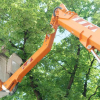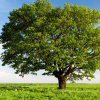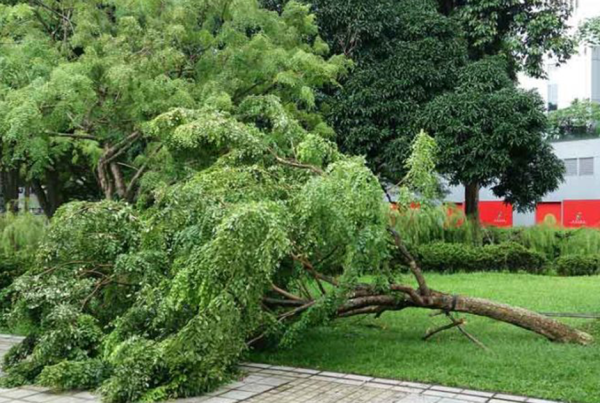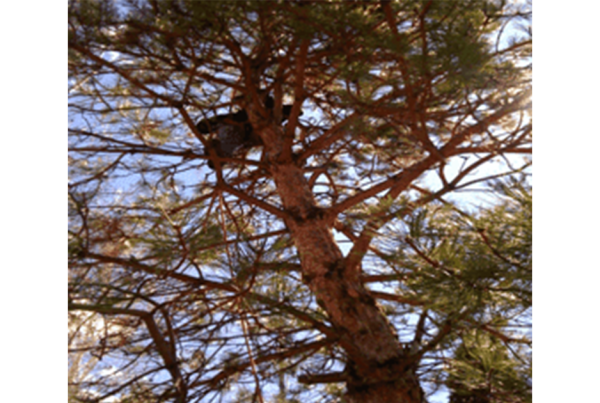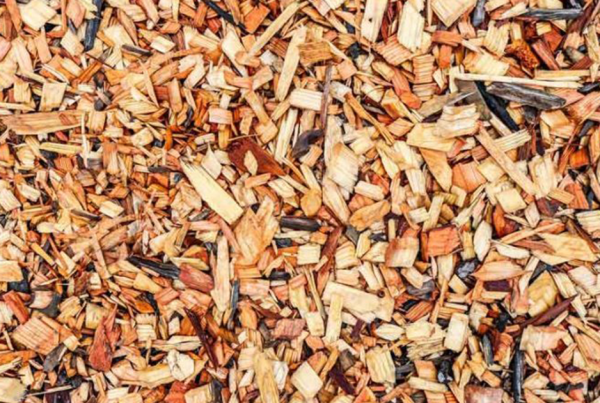
Climate change is a serious global environmental crisis, and yet it seems like we are extremely slow in responding to this creeping disaster. From the unpredictable weather, changes in precipitation patterns, hurricanes becoming stronger and more destructive than ever, to rising sea levels, climate change is becoming more and more evident.
Climate Change & What We Can Do
Among the most effective way that we can do to stop this phenomenal crisis from ruining the entire planet is by planting trees and ensuring that they grow strong and healthy. No matter how advanced our technology has become, trees are still the best defense we have against climate change.
Planting Trees Can Help Global Warming
Trees are important in our quest to stave off global warming since they take in and store carbon dioxide and other harmful gasses before they reach the uppermost part of the atmosphere and trap the heat around the planet’s surface. And while all plants have the capability of taking in CO2, trees can absorb more of them due to their large structure.
That said, there are several tree species that absorb and store carbon dioxide better though. If you want to really help prevent global warming, planting these so-called “climate change trees” are highly suggested. But before we identify these tree species, let’s find out first what carbon sequestration is all about.
What Is Carbon Sequestration?
The process of absorption and storage of carbon dioxide is known as carbon sequestration. Trees suck in carbon dioxide during photosynthesis, with oxygen as the waste product of the process. Experts today are already working on creating an artificial carbon sequestration process to help soak up carbon dioxide but so far, trees remain to be the most effective agents. As a matter of fact, an acre of trees can absorb enough carbon dioxide that is equal to the amount produced by cars driven 26,000 miles annually.
What Trees Best Absorb CO2?
Botanists and tree experts are all working together to identify trees that can absorb and gather carbon dioxide effectively. As a matter of fact, these studies have led to the discovery that willows accumulate little carbon and emit more volatile and harmful organic compounds.
Here’s a list of trees that can be considered as the best performers in terms of helping Earth fight climate change:
- Silver Maple – According to the Center for Urban Forests, this fast-growing deciduous tree can trap more or less 25,000 pounds of carbon dioxide in a 55-year span.
- Yellow Poplar – Also known as the tulip tree, the Yellow Poplar is considered as the top C02 scrubber as revealed by a New York City study. This tree is fast-growing and does not have any flaws that are usually seen in trees that grow fast such as weak wood quality and short lifespan.
- London Plane – This is thought to be a hybrid of American sycamore and oriental plane. The London plane is a large deciduous tree that grows from 66 ft to over 131 ft. The tree has been considered as one of the most effective tree species in removing pollution in urban areas.
- American Sweetgum – Also called hazel pine or alligator wood, this tree is a deciduous species that thrive in the warm areas of eastern North America, including tropical regions of Central America and Mexico.
- Blue Spruce – Despite being widely used as an ornamental tree, this coniferous tree with blue-colored needles is also a top carbon dioxide absorber. Blue spruce originated in the Rocky Mountains.
- Pines – This genus has plenty of subspecies. White pines, Hispaniola, and Ponderosa are usually said as the most effective carbon dioxide catcher among conifer trees.
When choosing what trees to plant, it’s best if you consider these facts first:
- Trees with large leaves and wide crowns photosynthesize better.
- Native tree species will grow better in their local areas; it would be best to find what trees are native to your location.
- Fast-growing trees scrub carbon dioxide from the atmosphere better during their first decade; it’s considered as their most productive time.
- When they die, trees that have a long lifespan leak less carbon dioxide during their decomposition process.
If you want to contribute in what little way you can to curb this global environmental crisis, then consider planting a tree. It’s the least expensive way to offset harmful greenhouse gasses that we emit in our everyday lives.



